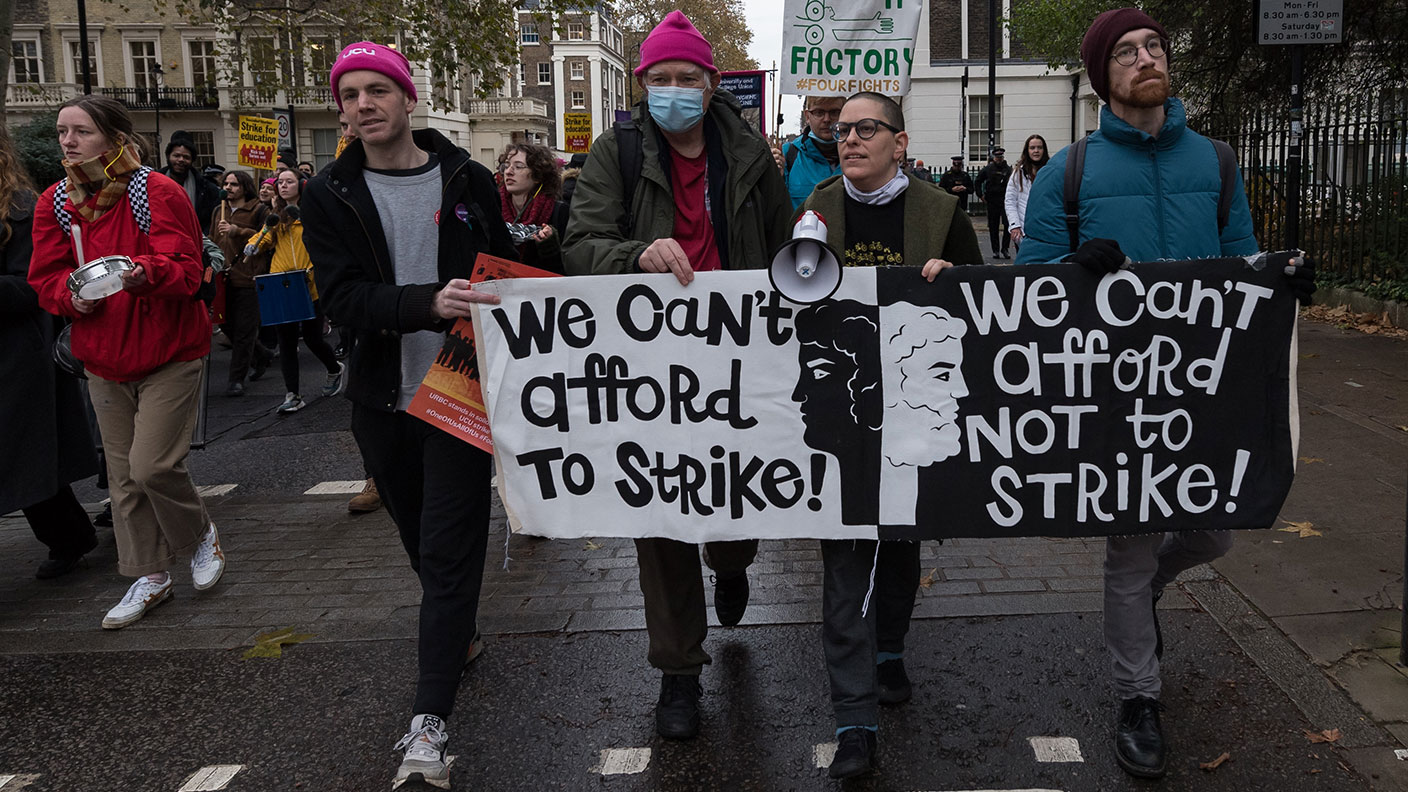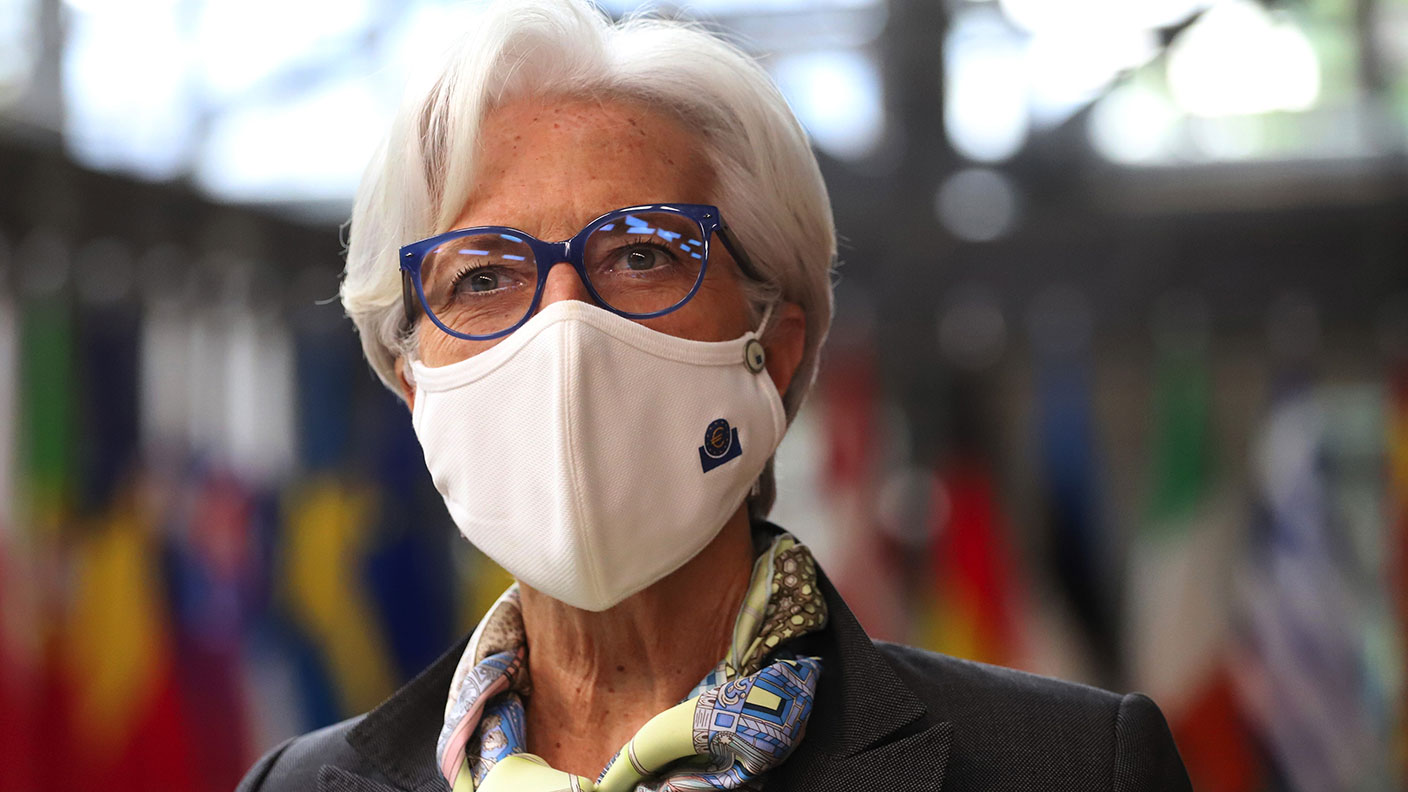What we can learn from the 1930s about economic recovery
The 1930s is usually seen as a time of economic misery for Britain. But the country bounced back from recession much faster and with much more vim than we are doing today.

Most of us think of the 1930s as a time of utter economic misery in the UK. We think of the horribly high rate of unemployment; of the nastiness of the lives of the men depicted in Orwell's The Road to Wigan Pier; and of course of the Jarrow march.
But next time you drive between Glasgow and Edinburgh, or take one of the main roads into London, keep an eye out for something that suggests this version might not be giving the whole story. What? The hugely confident art deco industrial buildings that went up during the period.
There's London's Hoover factory, the Pyrene factory on the Great West Road, the Firestone factory (now demolished), Battersea power station (the National Grid started operating in 1933), Speke airport (Liverpool), the Daily Express buildings in Manchester and Glasgow, the Shell Mex building and many, many more. You can see more on these gorgeous buildings here and here.
MoneyWeek
Subscribe to MoneyWeek today and get your first six magazine issues absolutely FREE

Sign up to Money Morning
Don't miss the latest investment and personal finances news, market analysis, plus money-saving tips with our free twice-daily newsletter
Don't miss the latest investment and personal finances news, market analysis, plus money-saving tips with our free twice-daily newsletter
Look at all those, and you might ask yourself if it was really all so bad. I'm reading a pamphlet just out from the Centre for Policy Studies and George Trefgarne that rather suggests it was not. There was unemployment and deprivation in parts, says Trefgarne, but look at the economic data and you'll see the same isn't true of the whole.
It is four years since we tumbled into recession this time round, and no recovery is in sight. But four years after crisis first hit in the 1930s one wasn't just in sight, it was well underway. Industrial production hit its previous peak in 1934 and the economy grew at nearly 7% in 1935. Between 1934 and 1939, growth averaged nearly 4% a year in real terms; unemployment halved; housebuilding, car manufacturing, textiles, pottery and aircraft production all boomed; and those fabulous commercial buildings popped up next to arterial roads everywhere.
So what happened? Good economic policies, says Trefgarne. Tough spending cuts including an immediate 10% cut in the salaries of civil servants and to benefits came in fast.
There was also a series of high profile trials of those who had indulged in too much in the way of financial exploitation in the 1920s. That turned out to be good practice too: once the population felt they'd had a little retribution confidence in the financial system was easier to restore.
At the same time taxes were not raised but cut - the top rate was a mere 37.5%, peanuts by today's standards. The government kept loose money very cheap. And finally, there was the debt conversion, in which Chamberlain wiped £20m off interest costs in one go by cutting the payments on the War Loan from 5% to 3.5% (more on this in another blog).
That all this happened and that it worked suggests we should be paying more attention to the 30s than we are, says Trefgarne: they are clearly of "major current significance".
And the lessons he thinks we should learn? First, in the wake of a financial and fiscal crisis a government should cut spending quickly. Second, it should keep money cheap. Third, it should create confidence by making it clear that banks are sound and bad bankers are in prison. And fourth, it should make clear that as soon as it is possible, taxes will be cut.
This all seems perfectly sensible. But there is a problem with extrapolating too many of the policies of the 1930s out to our own situation. Why? Because the 1930s kicked off with a game changer for Britain that might have been the thing that caused the boom the rest might have been all but irrelevant. That thing? The exit of sterling from the gold standard.
In 1930, Britain was still on the gold standard at the pre-war rate of $4.86. It was forced off it in the autumn of 1931. The pound then fell 30%, and was knocking around $3.40 by Christmas. Trefgarne gives the end of the gold standard in the UK similar billing to most of the other policy shifts of the time. But my guess is that it was this, rather than Chamberlain's deliberate polices, that made the real difference.
With that in mind, perhaps the real lesson we might take from this is that financial crises are very often caused by the fixing of currencies, and in particular the fixing of currencies at the wrong rate. And that they can be ended by unwinding said fixes.
It is worth noting that back in the 1930s the countries that left the gold standard fast recovered much faster in the 1930s than those who hung on until later in the decade. While Britain was growing, France which refused to dump the Gold Standard until 1936 was contracting (by 1.6% by the end of the decade).
Something for the Europeans and perhaps the Chinese (with their fix to the US dollar) to bear in mind.
Get the latest financial news, insights and expert analysis from our award-winning MoneyWeek team, to help you understand what really matters when it comes to your finances.
Merryn Somerset Webb started her career in Tokyo at public broadcaster NHK before becoming a Japanese equity broker at what was then Warburgs. She went on to work at SBC and UBS without moving from her desk in Kamiyacho (it was the age of mergers).
After five years in Japan she returned to work in the UK at Paribas. This soon became BNP Paribas. Again, no desk move was required. On leaving the City, Merryn helped The Week magazine with its City pages before becoming the launch editor of MoneyWeek in 2000 and taking on columns first in the Sunday Times and then in 2009 in the Financial Times
Twenty years on, MoneyWeek is the best-selling financial magazine in the UK. Merryn was its Editor in Chief until 2022. She is now a senior columnist at Bloomberg and host of the Merryn Talks Money podcast - but still writes for Moneyweek monthly.
Merryn is also is a non executive director of two investment trusts – BlackRock Throgmorton, and the Murray Income Investment Trust.
-
 January Premium Bonds winners announced – did you win £1 million?
January Premium Bonds winners announced – did you win £1 million?More than 2.6 million historic Premium Bonds prizes are still waiting to be claimed, NS&I says
-
 The most influential people of 2025
The most influential people of 2025Here are the most influential people of 2025, from New York's mayor-elect Zohran Mamdani to Japan’s Iron Lady Sanae Takaichi
-
 Beating inflation takes more luck than skill – but are we about to get lucky?
Beating inflation takes more luck than skill – but are we about to get lucky?Opinion The US Federal Reserve managed to beat inflation in the 1980s. But much of that was down to pure luck. Thankfully, says Merryn Somerset Webb, the Bank of England may be about to get lucky.
-
 Rishi Sunak can’t fix all our problems – so why try?
Rishi Sunak can’t fix all our problems – so why try?Opinion Rishi Sunak’s Spring Statement is an attempt to plaster over problems the chancellor can’t fix. So should he even bother trying, asks Merryn Somerset Webb?
-
 Young people are becoming a scarce resource – we should value them more highly
Young people are becoming a scarce resource – we should value them more highlyOpinion In the last two years adults have been bizarrely unkind to children and young people. That doesn’t bode well for the future, says Merryn Somerset Webb.
-
 Ask for a pay rise – everyone else is
Ask for a pay rise – everyone else isOpinion As inflation bites and the labour market remains tight, many of the nation's employees are asking for a pay rise. Merryn Somerset Webb explains why you should do that too.
-
 Why central banks should stick to controlling inflation
Why central banks should stick to controlling inflationOpinion The world’s central bankers are stepping out of their traditional roles and becoming much more political. That’s a mistake, says Merryn Somerset Webb.
-
 How St Ives became St Tropez as the recovery drives prices sky high
How St Ives became St Tropez as the recovery drives prices sky highOpinion Merryn Somerset Webb finds herself at the epicentre of Britain’s V-shaped recovery as pent-up demand flows straight into Cornwall’s restaurants and beaches.
-
 The real problem of Universal Basic Income (UBI)
The real problem of Universal Basic Income (UBI)Merryn's Blog April employment numbers showed 75 per cent fewer people in the US returned to employment compared to expectations. Merryn Somerset-Webb explains how excessive government support is causing a shortage of labour.
-
 Why an ageing population is not necessarily the disaster many people think it is
Why an ageing population is not necessarily the disaster many people think it isOpinion We’ve got used to the idea that an ageing population is a bad thing. But that’s not necessarily true, says Merryn Somerset Webb.
